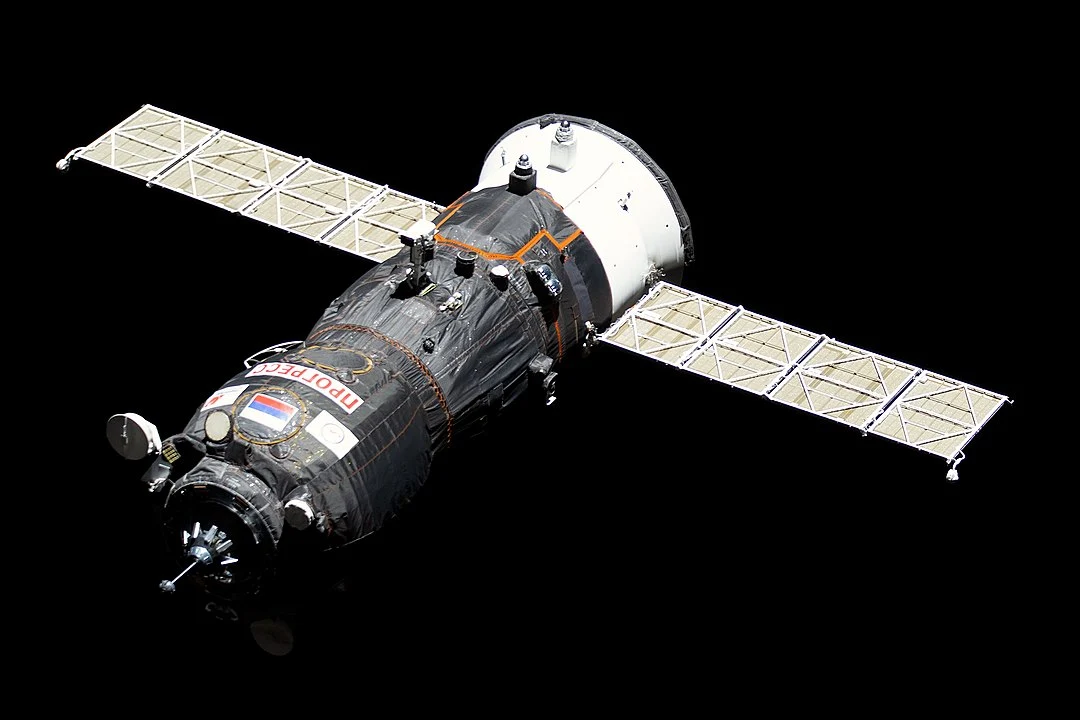| Summary |
|
Russia’s Progress MS-28 cargo spacecraft has successfully delivered three tons of supplies to the International Space Station (ISS), providing essential food, fuel, and equipment for the astronauts on board. Launched on August 15 from the Baikonur Cosmodrome in Kazakhstan, the uncrewed freighter completed a two-day journey before autonomously docking with the station on Saturday, August 17.
The supplies are crucial for the current crew, which includes two NASA astronauts who were part of the ill-fated Boeing Starliner mission and have been waiting for a ride back to Earth.
Roscosmos launched the Progress MS-28 atop a Soyuz 2.1a rocket. The spacecraft, also known as Progress 89, lifted off at 3:20 a.m. GMT. It carried a total of 2,621 kilograms (about 5,778 pounds) of cargo, which includes 950 kilograms of propellant, 420 kilograms of water, and 50 kilograms of nitrogen gas to replenish the station’s atmosphere. The rest of the payload consists of food, clothing, and materials for scientific experiments.
The spacecraft docked at the aft port of the Zvezda service module at 1:53 a.m. EDT, where it will remain for about six months. After its service is complete, the Progress will undock and re-enter Earth’s atmosphere, where it will burn up, taking with it waste and other discarded items from the station.
The arrival of the new supplies is especially timely for the two NASA astronauts, Butch Wilmore and Suni Williams, who have been stuck on the ISS for months. Originally on an eight-day mission, their return trip was postponed due to multiple issues with the Boeing Starliner spacecraft, including helium leaks and thruster malfunctions.
After a thorough investigation, NASA determined that it was too risky to bring the crew back on the Starliner. The spacecraft returned to Earth uncrewed on September 7, 2024. Wilmore and Williams, whose stay was extended to more than nine months, are now scheduled to return to Earth aboard a SpaceX Crew Dragon spacecraft in early 2025.
This mission highlights the continued international collaboration on the ISS, as Russia provides a reliable lifeline for cargo and supplies, a role that has become even more critical during the challenges faced by the American commercial crew program.

